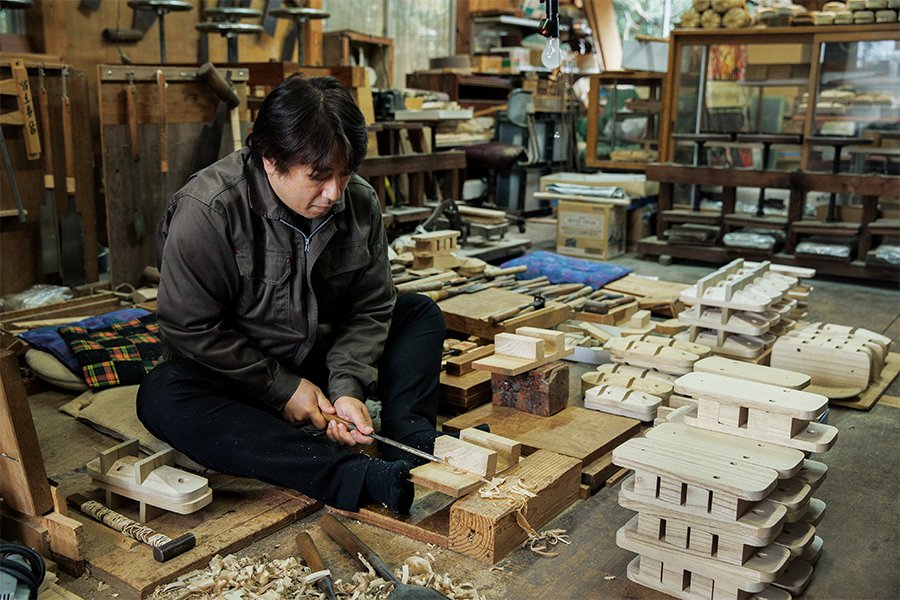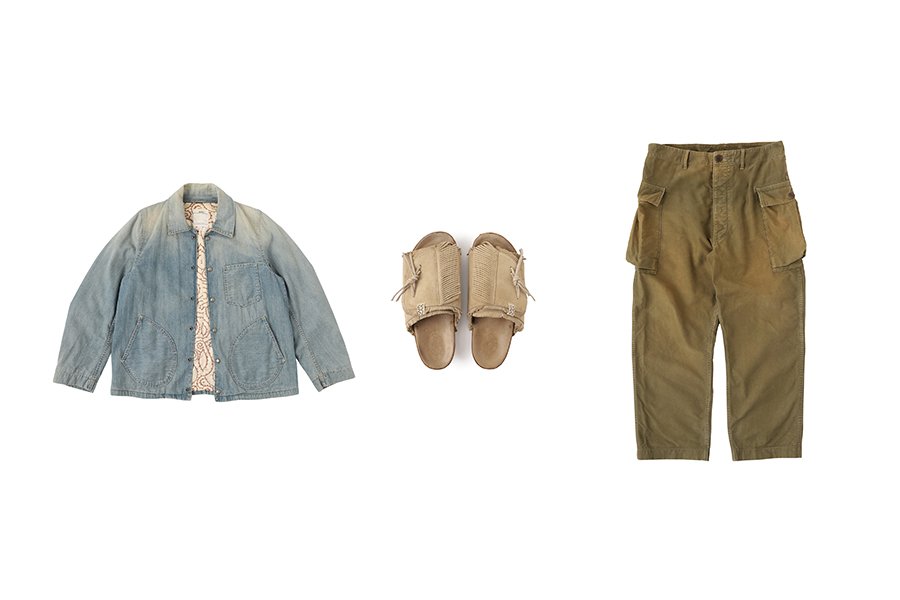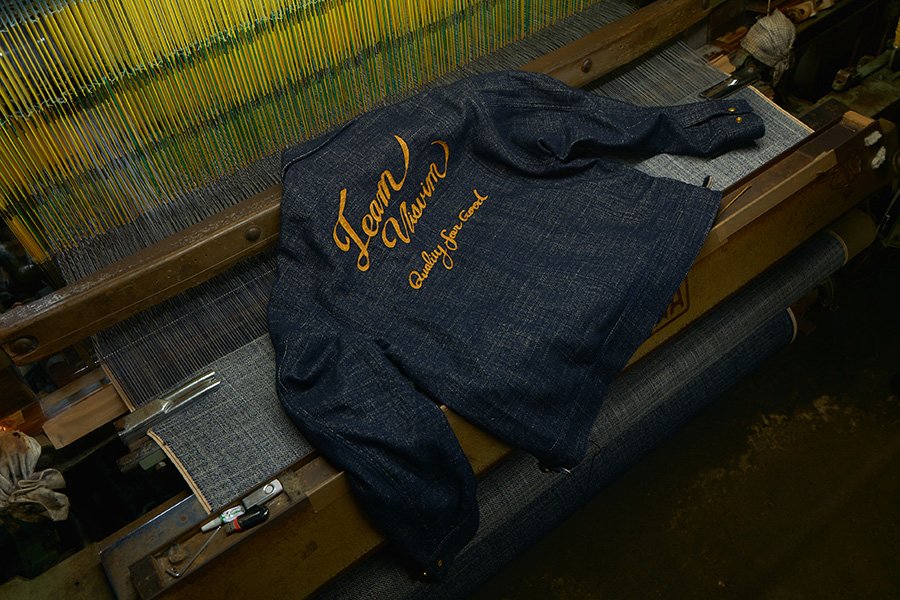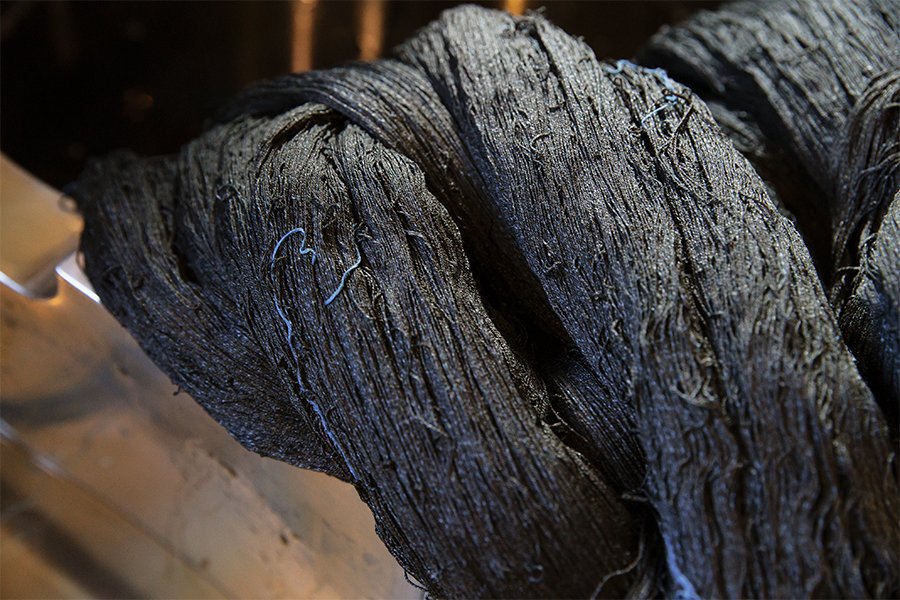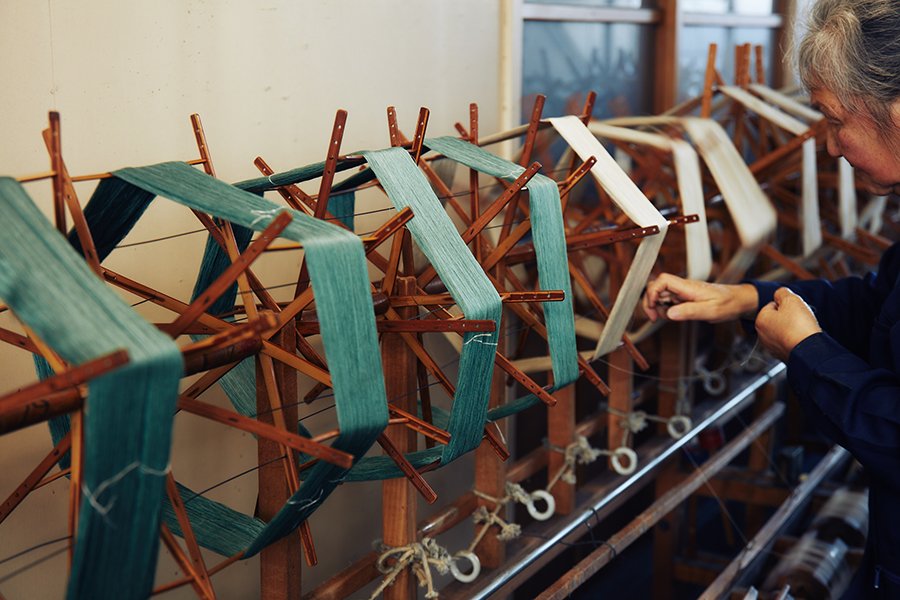Dissertation
Jacquard Woven Blanket
"Jacquard Weave" refers to a fabric whose complex pattern or design is expressed by a special weaving technique. In contrast to an already woven fabric that prints or transfers a print as its design, the jacquard weave changes the structure of the fabric at pinpoint locations to express the design, which also creates a three-dimensional effect in the fabric that is more luxurious and has a profound tastefulness.
| Category: | Material |
|---|
| Date: | 2023.02.28 |
|---|
| Tags: | #blanket #jacquardwovenblanket #visvim |
|---|
"Jacquard Weave" refers to a fabric whose complex pattern or design is expressed by a special weaving technique. In contrast to an already woven fabric that prints or transfers a print as its design, the jacquard weave changes the structure of the fabric at pinpoint locations to express the design, which also creates a three-dimensional effect in the fabric that is more luxurious and has a profound tastefulness. The irregular weaving allows for intricate patterns to be produced, allowing a high degree of design freedom, where it becomes possible to express bold designs with precision in a wide range of ways.
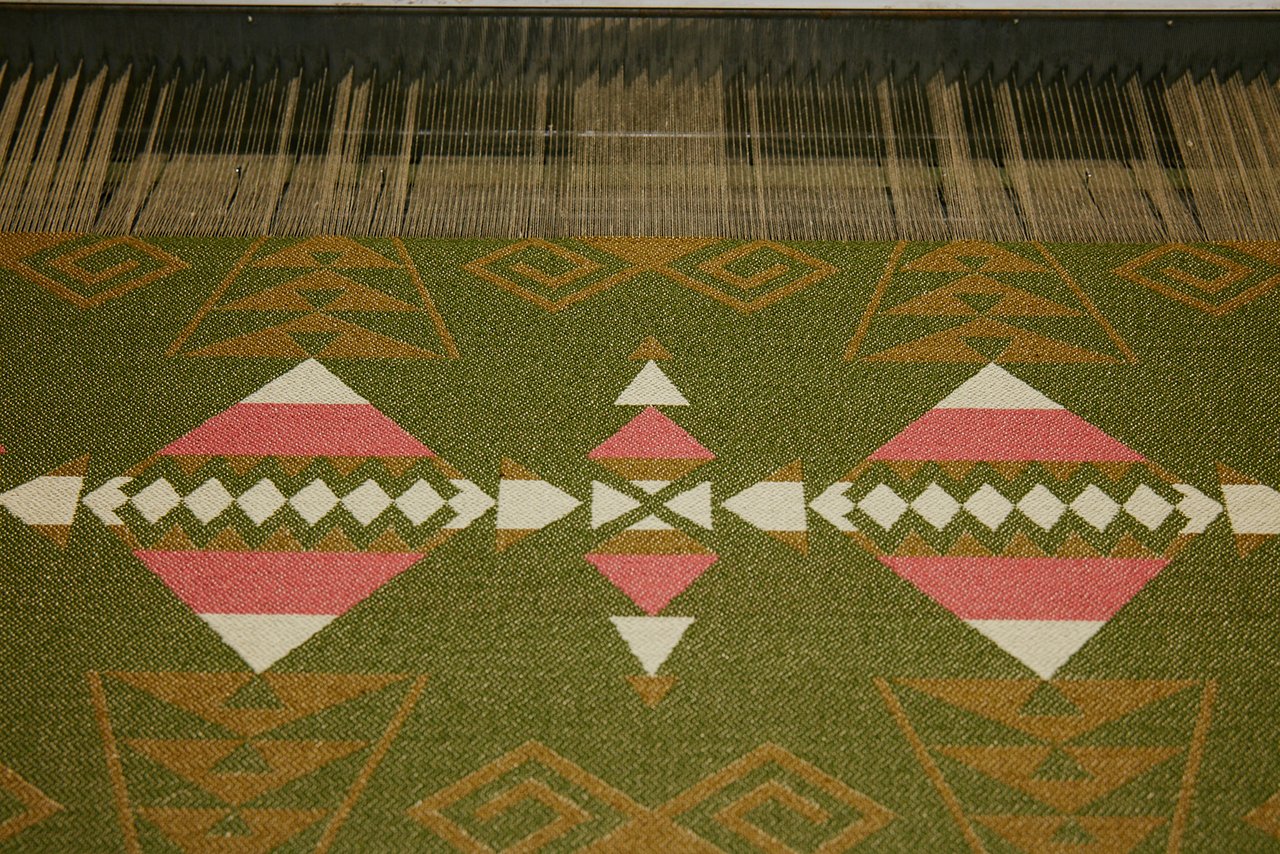
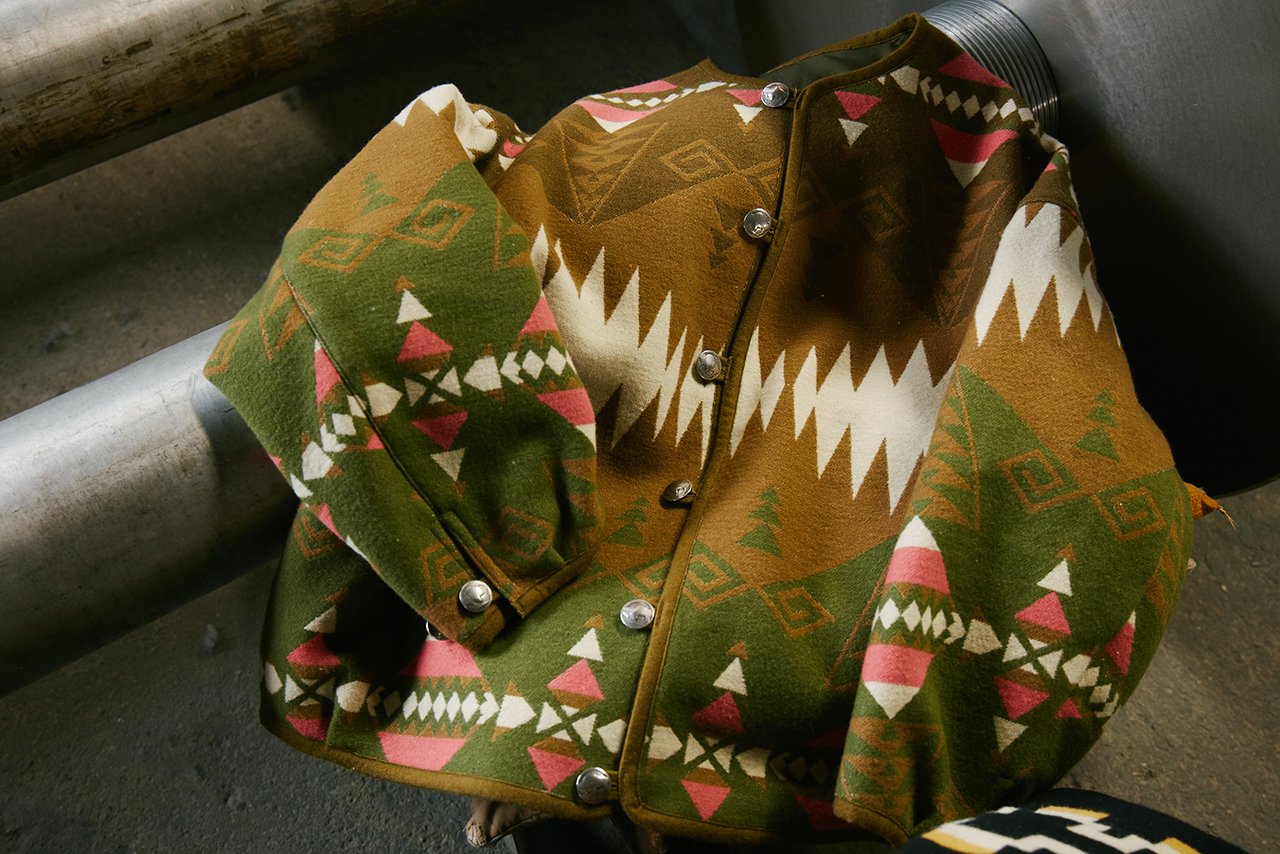
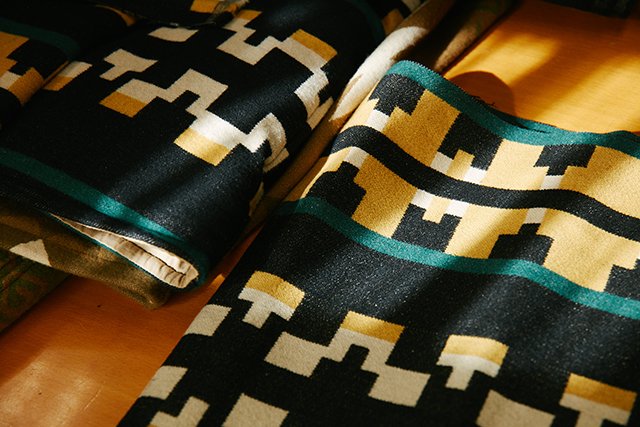
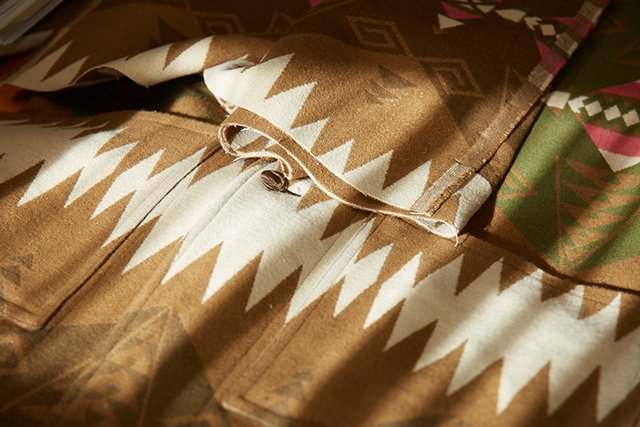
The name is derived from the Frenchman Joseph Marie Jacquard who invented the "jacquard loom" in 1801. The invention of this automated loom made it possible for a single person to operate the loom instead of requiring several people to move the warp threads up and down; the way it had worked until then. The principle of the invention was to punch a series of holes into a paper and based on the information (whether a hole was punched or not), it would send commands to the warp to open to the top or to the bottom as the loom operated. The fundamental idea later became the basis for the invention of the mechanical calculator and eventually led to the idea of modern computer programming.
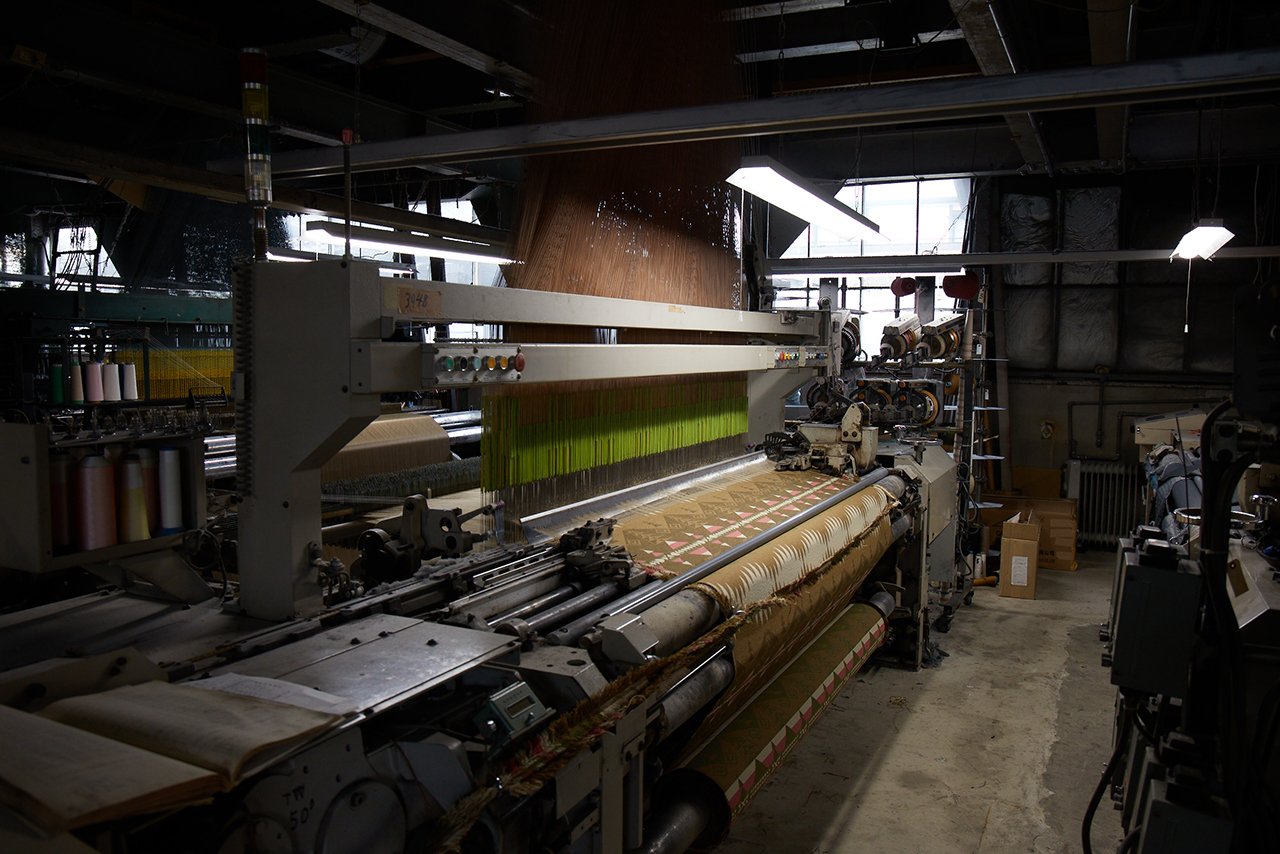
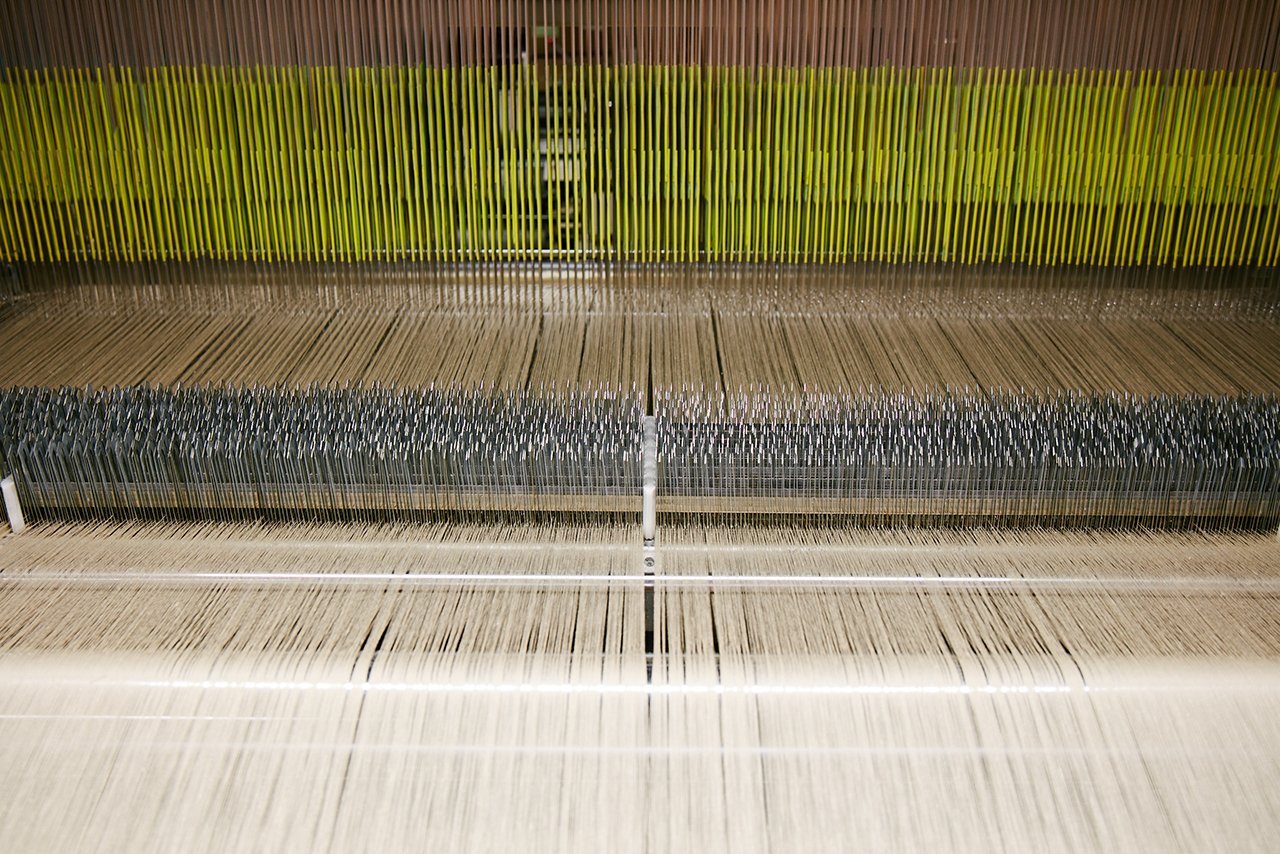
Despite there being such automated looms, in reality even today it requires much time due to its labor-intensive process and need for advanced techniques to complete a jacquard woven fabric. It begins by creating a punch card referred to as a "mon-shi" that is based on the intended design. The completed mon-shi simply shows a countless number of holes that have been opened up, where upon first glance the design cannot be deciphered, however all the detailed information regarding the design has been input onto this card. Today though computerized Jacquard looms are becoming more widespread as they are able to express more complex patterns on larger fabrics by utilizing computers that can digitize the information that was previously restricted to the cards and at the same time omit some of the older processes.
The loom reads this informational data to begin weaving, however before operating the loom it is necessary to make pre-preparations that involve adjusting the length, number, and tension of the warp and weft threads, an operation called "seikei" or warping (it is common for most of these threads, both warp and weft to be yarn-dyed). Following this step, the thread is set on the loom and woven, but even in this phase of the process you check for any misalignments in the design by conducting a test weave, and also while the loom is operating you make sure there is no breakage in the threads, it all requires careful and constant monitoring by a seasoned craftsman.
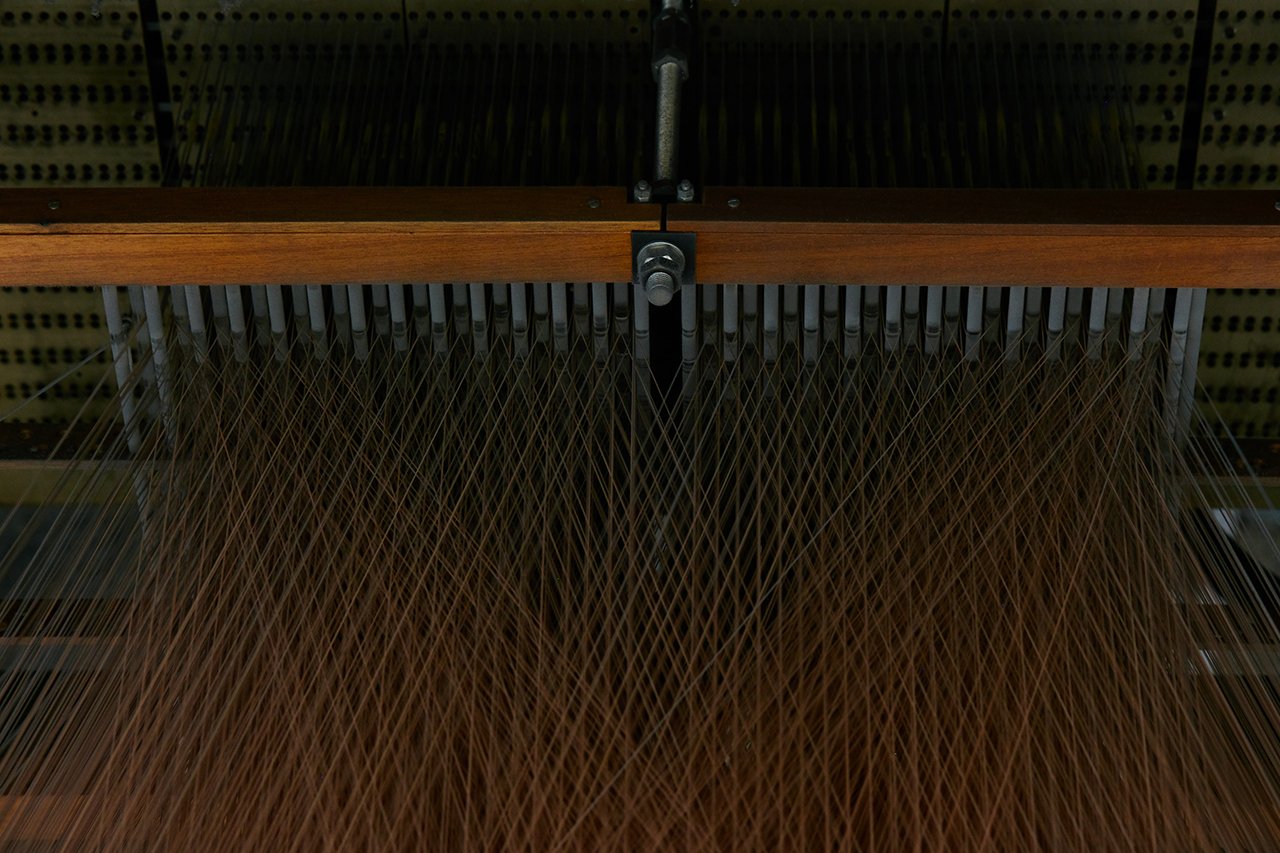
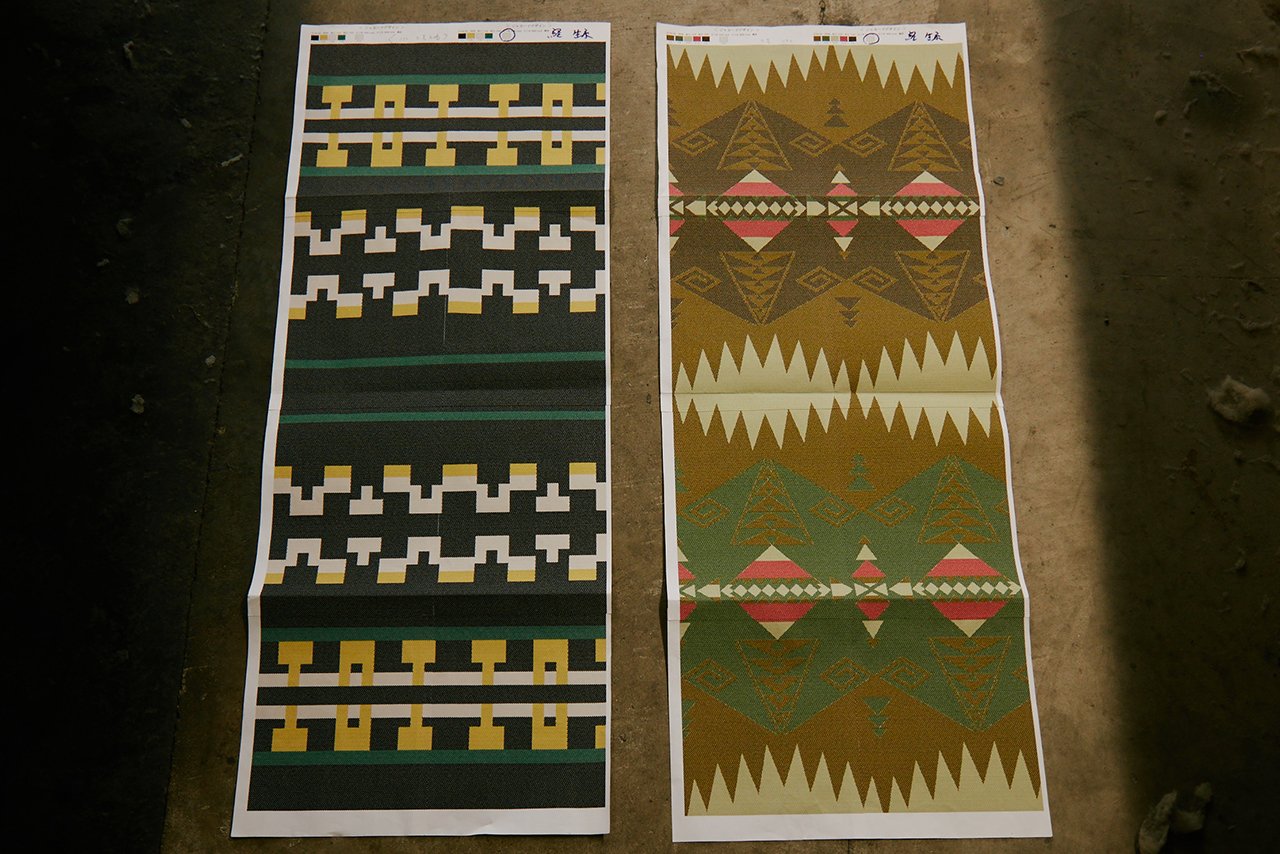
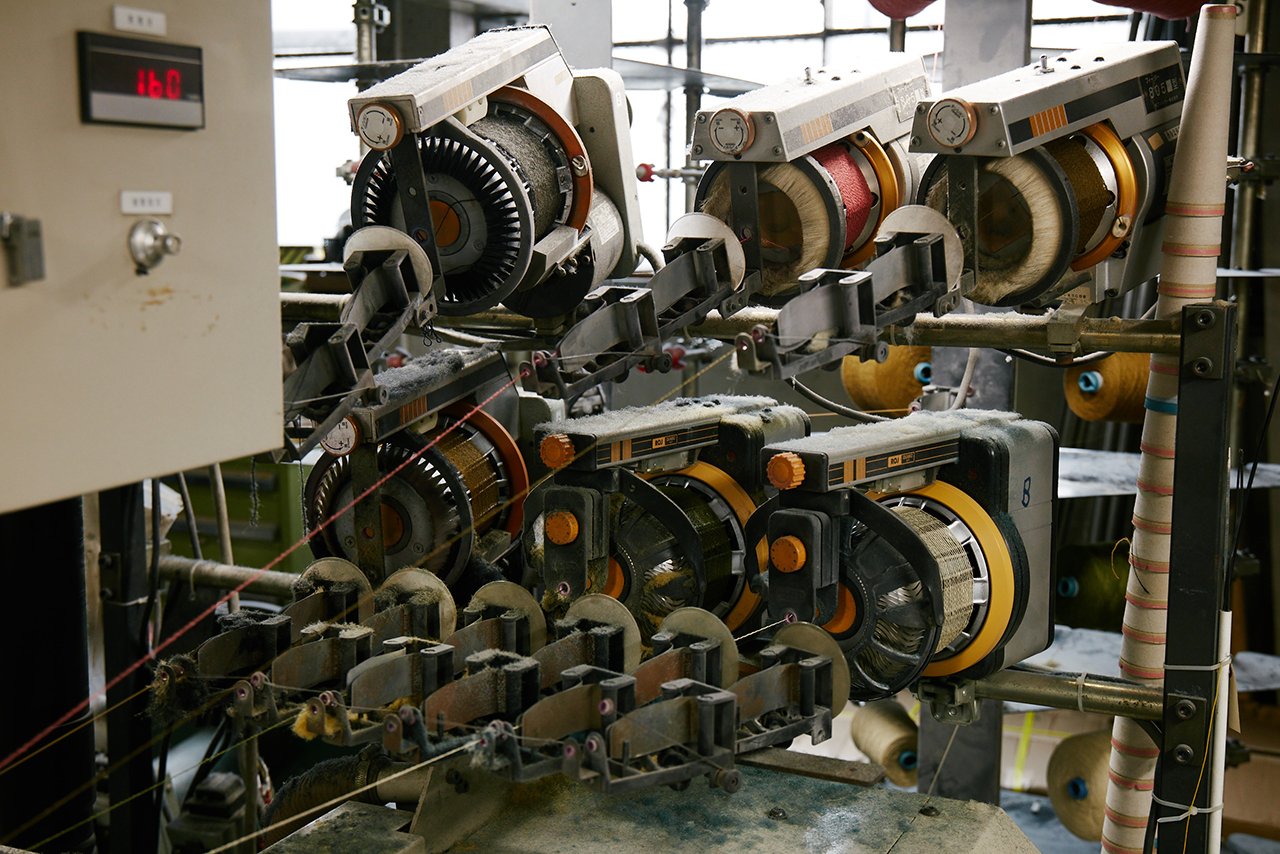
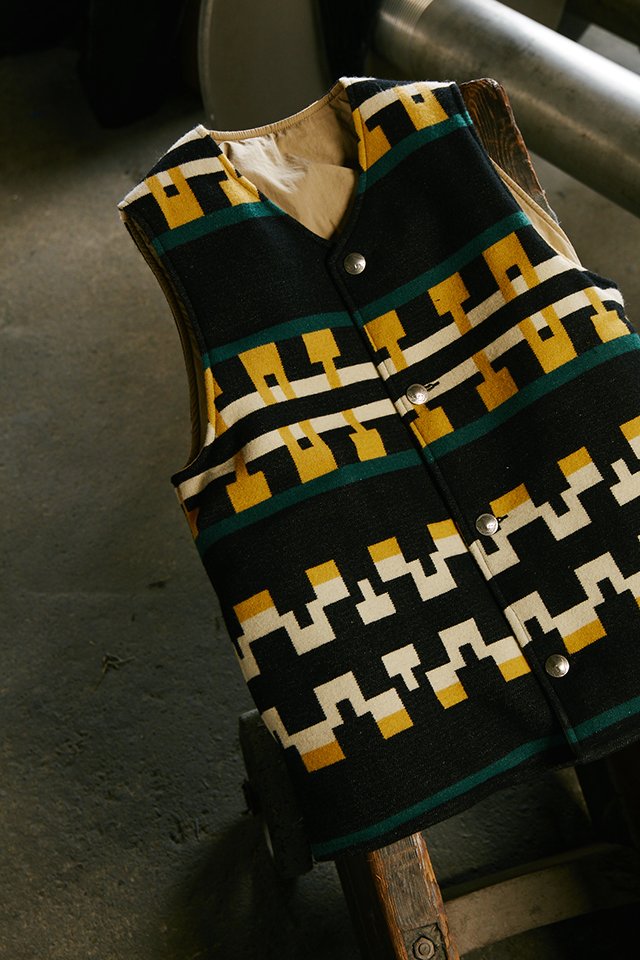
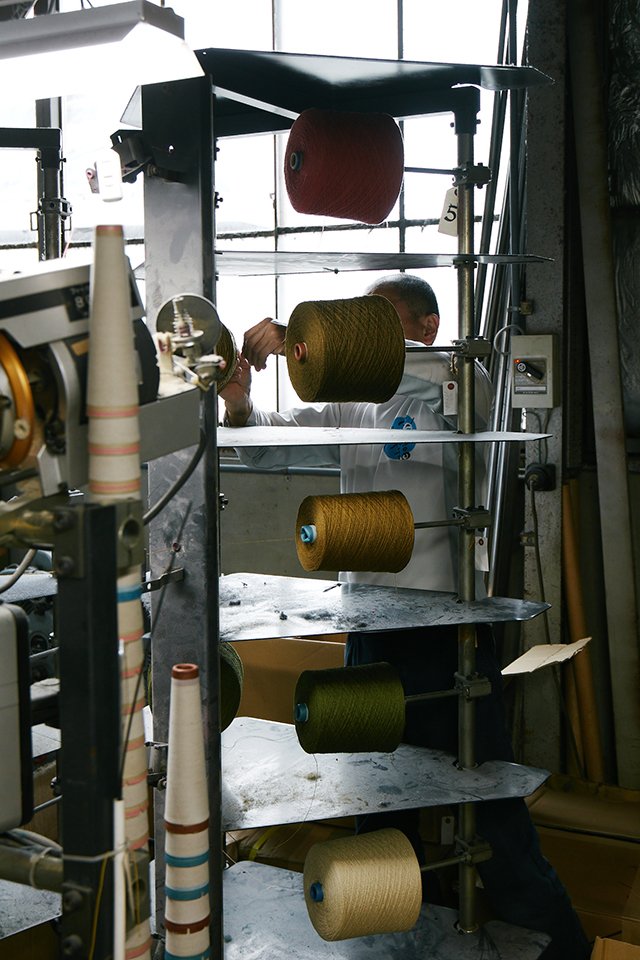
The Jacquard Woven Blanket fabric was used for the newest products from the SS23 visvim and WMV collections. According to Masahiro Ohno, designer from Nikke Co., Ltd. a manufacturer of wool and other fabrics founded in 1896 (Meiji 29), who was in charge of the production for the blanket fabric, all the fabric that was woven this time was done on a single electric jacquard loom.
"In general, for the production of a wool blanket fabric it is customary to use a 100% wool yarn for the weft. However, for the fabric used on this jacket we sought to create a feel in the fabric that can express the beauty of aging; we chose a linen cotton with a dry hand feel and stiff texture for the warp, and the weft consisted of a yarn made by twisting a fluffy wool yarn and linen yarn together. We made use of the hues found in each material to complete the fabric. As we chose to use a very distinct twisted yarn for this fabric, that has multiple colors and large repeat patterns in the design it led us to select a suitable loom and the appropriate seasoned craftspeople to handle the job, which ultimately resulted in the use of a specific single loom to complete the project."
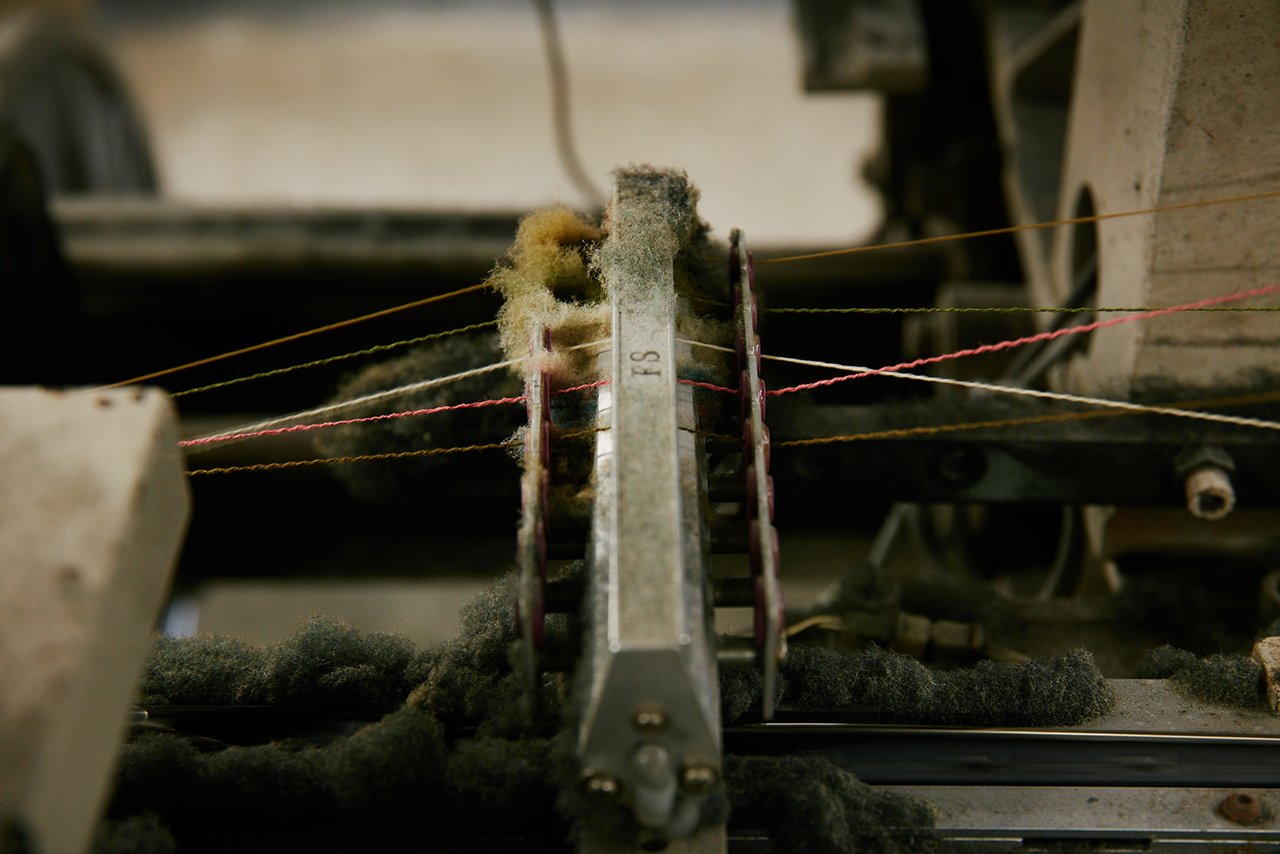
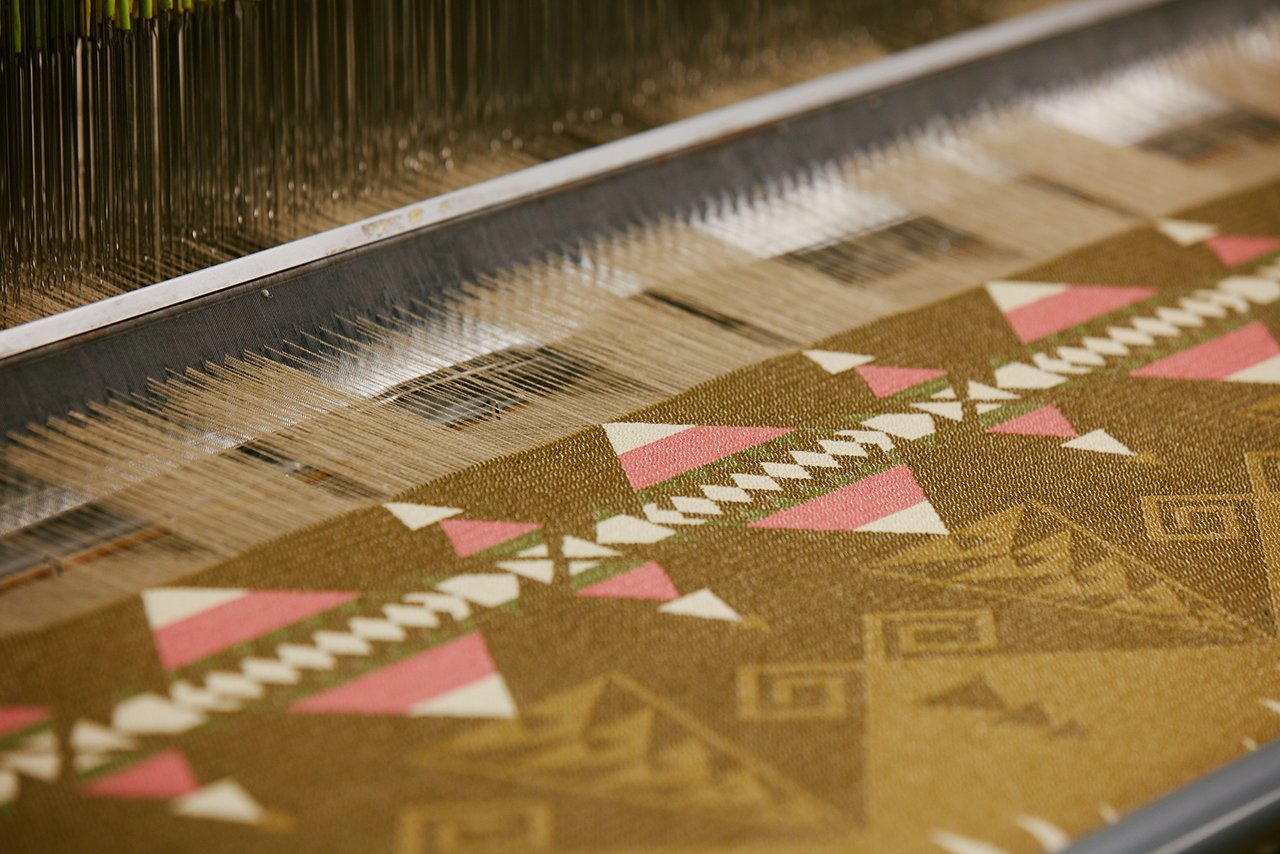
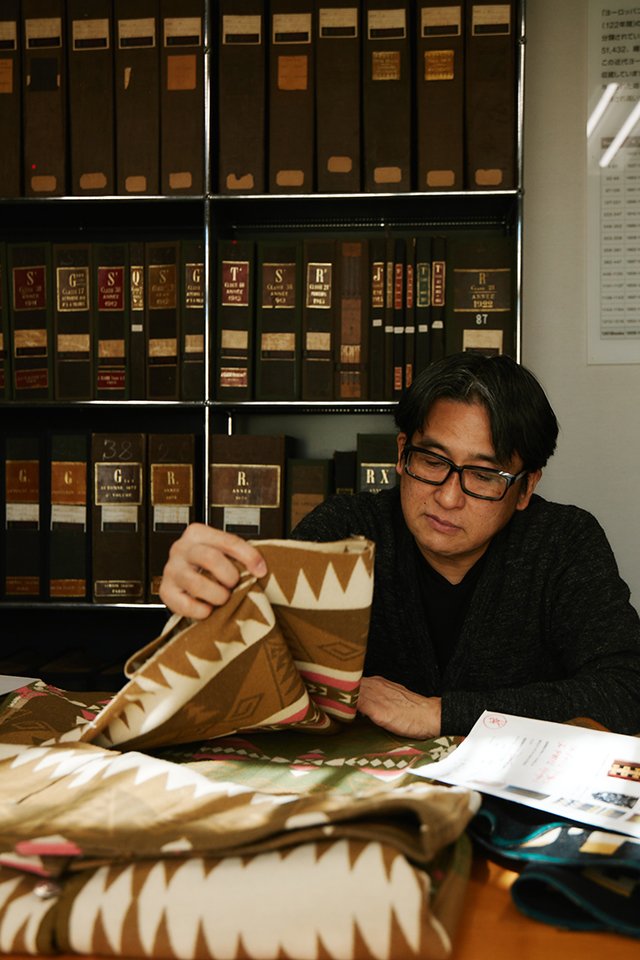
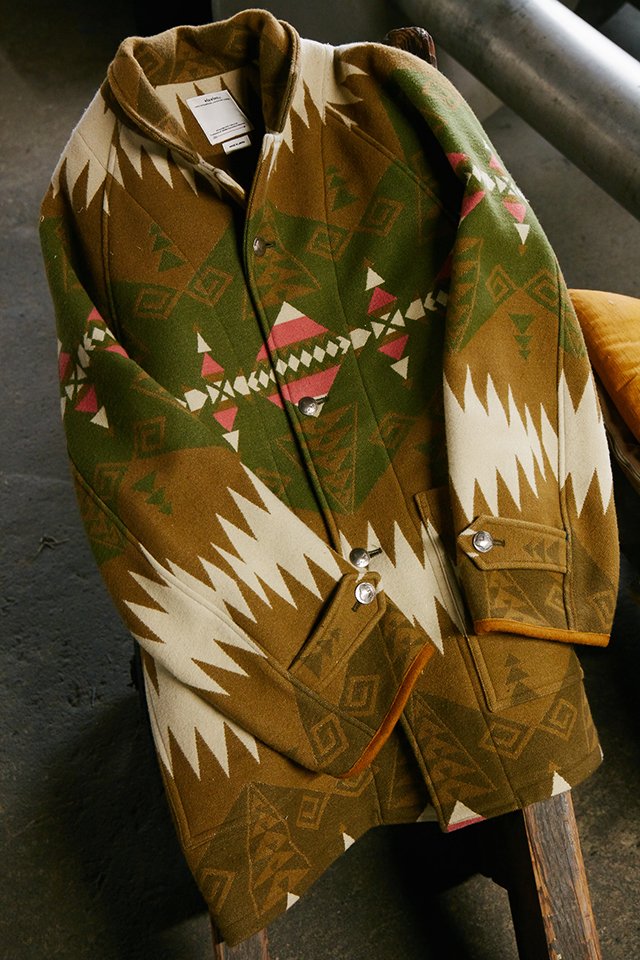
The fabric has a unique uneven hand feel with tasteful imperfections that provide depth while being hefty, providing high durability. Not requiring special handling, it is possible for the fabric to be hand washed as well. Through the history of various inventions and advancements we reconsidered the technology and culture of weaving that has continued to evolve over time to create a new product that can be used fondly today as well as far into the future.
"Jacquard" is originally a French word pronounced jakərd, where in English it is pronounced something like jacard, and in Japanese something closer to jagard.
Text: Kosuke Ide
Photo, Movie: Keisuke Fukamizu
Movie edit: cubism




